Blog
Social Media
Technology
testbook, testbook app, testbook app download, testbook app download apk, testbook civil engineering mcq, testbook download, testbook electrical engineering mcq, testbook exam preparation app, testbook login, testbook mcqs, ytbook app, ytbook videos, ytbook youtube
Admin
0 Comments
The Ytbook Phenomenon: Rewriting Content Creation
The sun hadn’t yet crested the horizon, but Maria was already awake, her face illuminated not by the dawn but by the cool glow of her laptop. On one half of the screen, a meticulously edited YouTube video played a 15-minute masterclass on sourdough starters, complete with close-ups of bubbling yeast and a soothing, melodic voiceover. On the other half, a Google Doc was open, its cursor blinking rhythmically. With practiced efficiency, Maria transcribed the video’s key points, paraphrased its wisdom, and structured its visual cues into written paragraphs. A few hours later, her website published a comprehensive, SEO-rich article: “The Ultimate Guide to a Perfect Sourdough Starter: 7 Mistakes Everyone Makes.”
Maria is a pioneer of a new digital alchemy. She is a practitioner of the Ytbook the art and science of transforming rich, dynamic YouTube video content into powerful, authoritative, and deeply engaging long-form written content. This isn’t mere transcription. It’s translation. It’s the process of taking the language of visuals and sound and faithfully converting it into the language of text, search engines, and readers who prefer to consume information at their own pace.
In an era dominated by video, the written word is not dying. It is being reborn, fueled by the immense energy of the world’s largest video platform. This is the story of the Ytbook methodology: why it works, how to do it right, and why it represents the future of holistic, multi-format content strategy.
What Exactly is a Ytbook? Beyond the Portmanteau
At its core, the term “Ytbook” is a portmanteau of “YouTube” and “Book.” But it’s more nuanced than that. We’re not talking about physically binding printouts of video scripts.
A Ytbook is a substantial piece of long-form written content be it a blog post, an article, a guide, or a whitepaper that is derived from and expands upon the core material of one or more YouTube videos. It is a symbiotic creation that serves two masters: the audience that prefers video and the audience that thrives on text.
The key differentiator between a true Ytbook and a simple summary is value addition. A Ytbook doesn’t just repeat what was in the video; it enhances it. It provides supplementary data, includes relevant links and resources, offers downloadable checklists, structures the information for scannability, and optimizes it for search engines in a way that raw video cannot. It is both a standalone piece of content and a companion to its audio-visual counterpart.
The Cognitive Case for Dual-Format Content
Human beings consume information in fundamentally different ways. Cognitive science tells us that learning styles vary widely. Some are visual learners (the YouTube audience), some are auditory learners (the podcast audience, who also benefit from transcripts), and some are reading/writing learners (the blog audience).
By repurposing video content into text, you are not being redundant. You are building a wider net. You are acknowledging that your audience’s preference is not a monolith. A viewer might watch a video for inspiration and then return to the detailed article to implement the steps. A reader might discover your article through a Google search, find it valuable, and then click through to watch the accompanying video for a more immersive experience. This creates a powerful, self-reinforcing content ecosystem.
The Strategic Imperative: Why Every Content Creator Needs a Ytbook Strategy
Adopting a Ytbook framework isn’t just a clever trick; it’s a robust business and content strategy with multifaceted benefits.
1. Dominating Search Engine Results Pages (SERPs)
Google’s algorithms, for all their complexity, are still fundamentally built to crawl and understand text. While Google can index video metadata like titles, descriptions, and transcripts, it has a much deeper and richer relationship with written content. A well-optimized article derived from a video allows you to:
- Target a wider array of keywords: You can include latent semantic indexing (LSI) keywords, long-tail queries, and answer specific questions that your video might only cover verbally.
- Increase “dwell time”: A visitor who spends ten minutes reading your detailed article sends a strong positive signal to Google about your content’s quality and relevance.
- Earn backlinks: High-quality, linkable assets are more often articles than videos. Other websites are far more likely to link to a authoritative guide than to a YouTube video.
2. Maximizing ROI on Content Production
Creating a high-quality YouTube video requires a significant investment: time for scripting, filming, editing, color grading, sound design, and uploading. That single asset is often pushed on one platform and then forgotten. This is an immense waste of potential.
The initial video is the largest content investment. Transforming it into a Ytbook article requires a fraction of the effort but effectively doubles your content output. You extract every ounce of value from your research, your expertise, and your creative effort. It’s the content equivalent of a “nose-to-tail” approach.
3. Building Authority and Accessibility
A comprehensive article positions you as a true expert. It’s a tangible resource that people can bookmark, cite, and return to. Furthermore, written content is inherently more accessible. It caters to:
- The hearing impaired.
- People in sound-sensitive environments (offices, libraries).
- Those who simply read and process information faster than they can watch a video.
- International audiences who may find written text easier to translate or understand than spoken English.
The Art of the Craft: How to Transform Video into compelling Text
Anyone can transcribe a video. Creating a Ytbook requires strategy, nuance, and a commitment to quality. Here is a step-by-step guide to doing it right.
The Foundation (Selecting and Deconstructing the Video)
Choose the Right Video
Not every video is a good candidate. The best videos for repurposing are those with high educational value, such as:
- In-depth tutorials and how-to guides.
- Thought leadership presentations.
- Detailed reviews and comparisons.
- Storytelling that conveys a lesson or framework.
Deconstruct, Don’t Just Transcribe
Watch the video actively. Your goal is to identify the core pillars of the content.
- Outline the Key Points: What are the 3-5 main takeaways?
- Note Timestamps: For powerful quotes, statistics, or visual demonstrations.
- Capture the Narrative Arc: How does the video flow? How does it build its case? Your article should mirror this logical structure.
The Alchemy (Writing the Ytbook)
Craft an Unbeatable Introduction
Your intro must hook the reader who may never watch the video. Start with a relatable pain point or a compelling question. You can say, “While we demonstrated the solution to this problem on video, we know many of you prefer a written reference. This guide breaks down everything you need to know.”
Structure for Scanners and Scholars
Internet readers scan. Use every tool in your arsenal to make the content digestible.
- H2/H3 Headings: Use descriptive headings that contain keywords.
- Bulleted and Numbered Lists: Perfect for steps, features, and takeaways.
- Bold and Italic Text: To emphasize crucial points.
- Pull Quotes: Highlight powerful statements from the video.
- Visual Placeholders: Include still images or GIFs from the video with captions like, “As shown in the video at 2:15, the dough should have a shaggy texture.”
H3: Add Value and Context
This is the most critical step. Your article must be better than the transcript.
- Include Additional Data: Reference studies, statistics, or quotes that support the video’s claims but weren’t mentioned.
- Link to Resources: Provide links to tools, products, or related articles you mentioned.
- Create Downloadables: Offer a PDF checklist, a worksheet, or a cheat sheet that summarizes the video’s lessons.
The Synergy (Publishing and Promotion)
Interlink Everything
The moment you publish, create a bidirectional link between the assets.
- In the Article: At the top, embed the YouTube video itself. At relevant points in the text, link to the specific timestamp in the video (e.g., “Watch this step in action at 4:32”).
- In the Video Description: The very first link should be to your companion article: “📖 READ THE FULL GUIDE WITH DOWNLOADABLE RESOURCES: [Link to your article]”.
Promote Both Formats
When sharing on social media, tailor your message. On Instagram, lead with the video. On LinkedIn, you might share the article and mention a key insight is also available in video format. This cross-promotion funnels audiences from each platform into your central content hub.
Case Study: The Ytbook in Action
Consider the real-world example of “DIY Dan,” a home renovation channel with 500k subscribers. Dan posts a highly detailed 20-minute video on “How to Install a Tile Backsplash.”
The Video: Shows Dan measuring, cutting, applying adhesive, and setting the tile. It’s engaging and visual.
The Ytbook Article: Dan’s team creates a post titled: “The Definitive Guide to Installing a Tile Backsplash: Tools, Tips, and Cost Breakdown.”
The article includes:
- A embedded version of the video.
- A bulleted list of every tool needed, with affiliate links to purchase them.
- A numbered, step-by-step guide that mirrors the video but adds pro tips in text.
- A cost calculator widget for different tile types.
- A downloadable PDF checklist for the entire project.
- Links to other related articles (e.g., “How to Choose the Right Grout”).
The Result: The video performs well, as usual. But the article now ranks on Google’s first page for “how to install tile backsplash,” “tile backsplash tools,” and “backsplash cost.” It generates significant affiliate revenue and captures an audience Dan would have never reached through YouTube alone. Viewers comment on the video thanking him for the detailed article, and readers of the article subscribe to his channel for more visual guidance. The strategy is a resounding success.
Conclusion: The Future is Multi-Format
The digital landscape is not a battleground where video and text fight for supremacy. It is a collaborative ecosystem where different formats support and elevate each other. The Ytbook methodology is the blueprint for navigating this ecosystem successfully.
It is a strategy that respects diverse audience preferences, maximizes the value of creative labor, and builds a durable, search-optimized platform for authority. It moves beyond simple content repurposing into the realm of content reimagining. For creators, marketers, and educators, the message is clear: don’t just make a video. Write its story. Build its companion. Create the Ytbook.
FAQ Section
Q: Isn’t this just duplicate content? Will Google penalize me?
A: No, not if done correctly. Duplicate content refers to republishing the exact same words across multiple URLs with no value addition. A Ytbook is a transformative work—it adds analysis, structure, resources, and context. It’s a new, unique piece of content derived from a primary source, which is perfectly acceptable and encouraged.
Q: What tools can I use to create a Ytbook efficiently?
A: Start with a transcription service like Otter.ai or Rev.com to get a rough transcript of your video. Use this as a base to edit and build upon. Grammar checkers like Grammarly are useful for polishing the final text. For pulling specific timestamps and quotes, simply watch your own video and note them down.
Q: How long should a Ytbook article be?
A: There’s no set rule, but it should be as long as it needs to be to fully explore the video’s topic and add value. Typically, a Ytbook based on a 10-20 minute video will easily be a 1,500+ word article. The focus should be on depth and quality, not just hitting a word count.
Q: Can I use this strategy for other video content, like webinars or live streams?
A: Absolutely. The Ytbook principle applies to any long-form video content with substantive information.
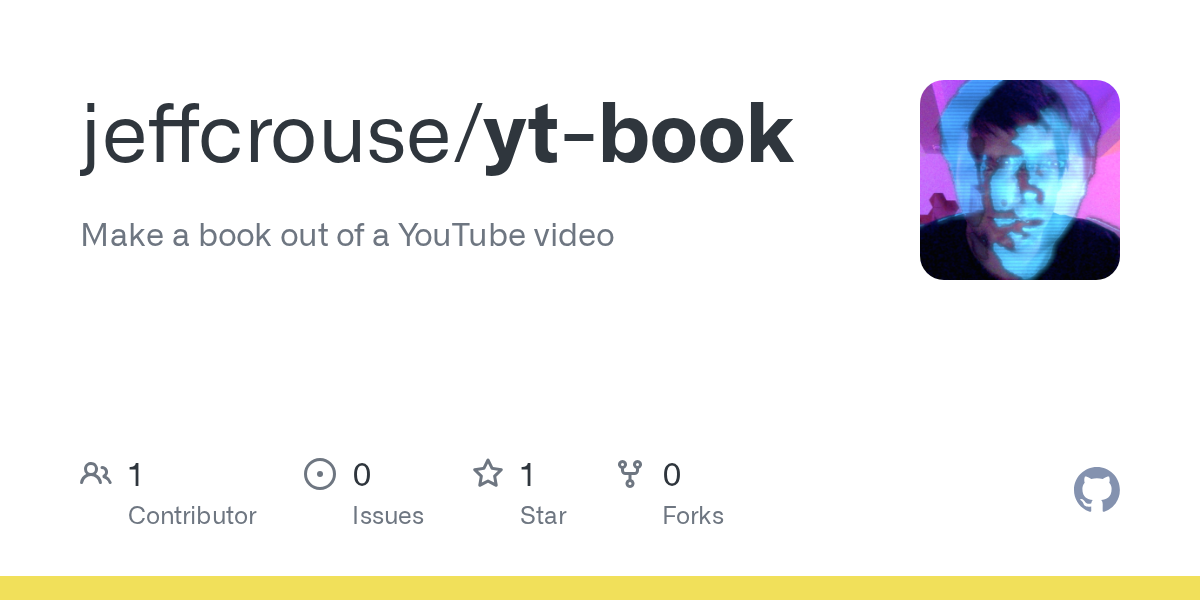

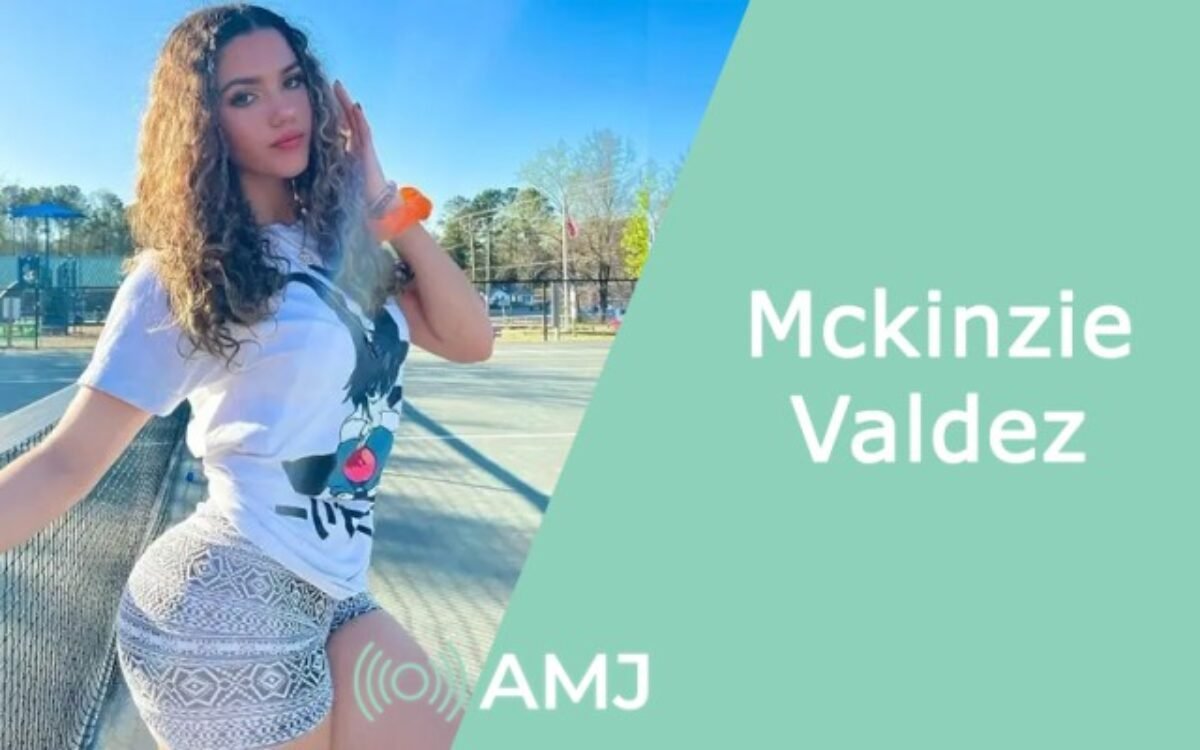
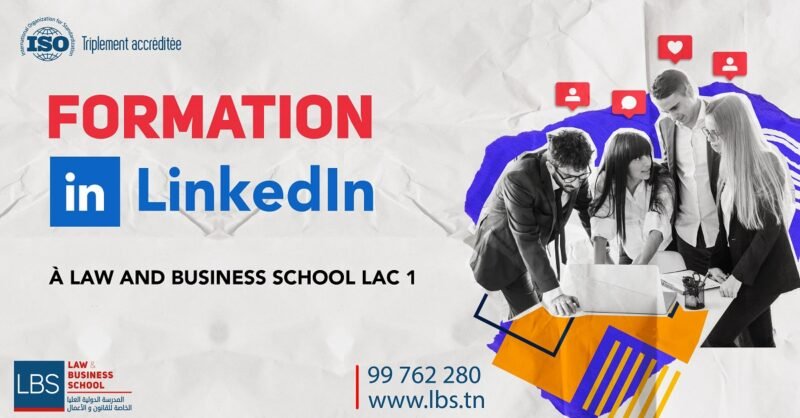


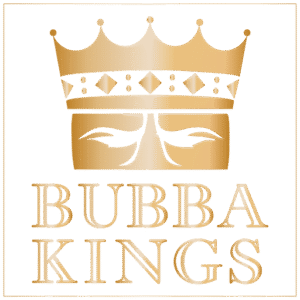
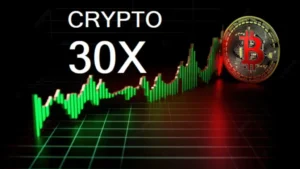




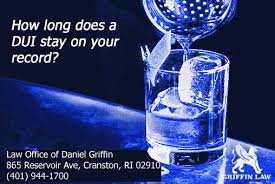

Post Comment